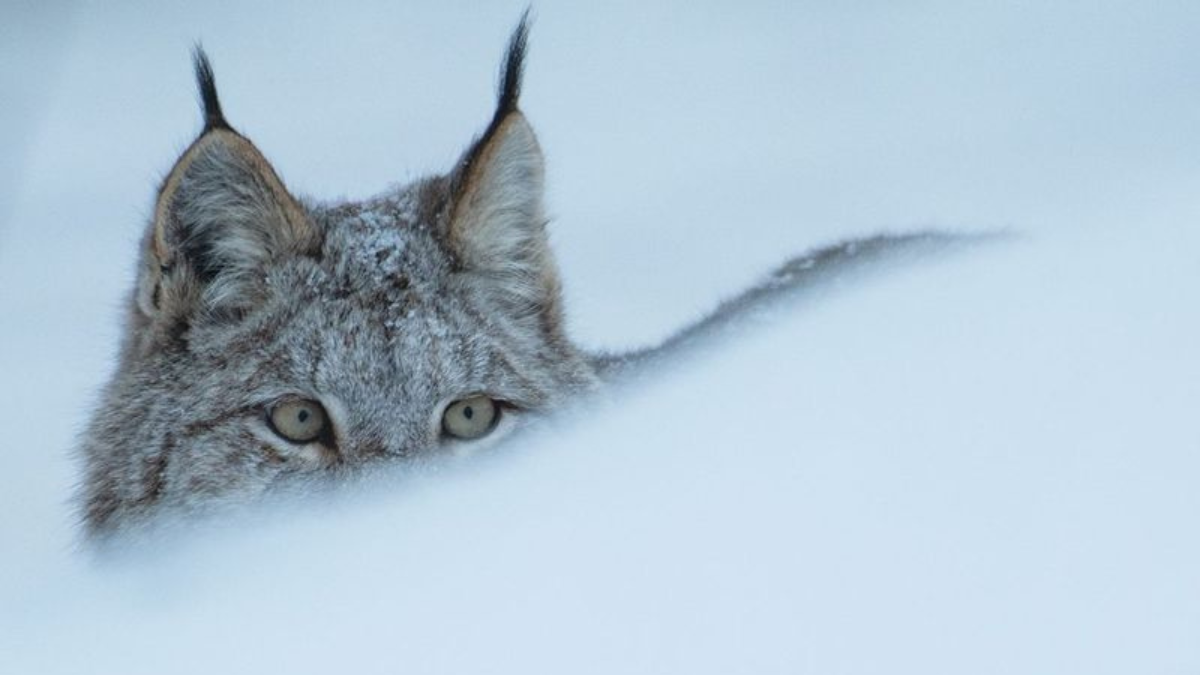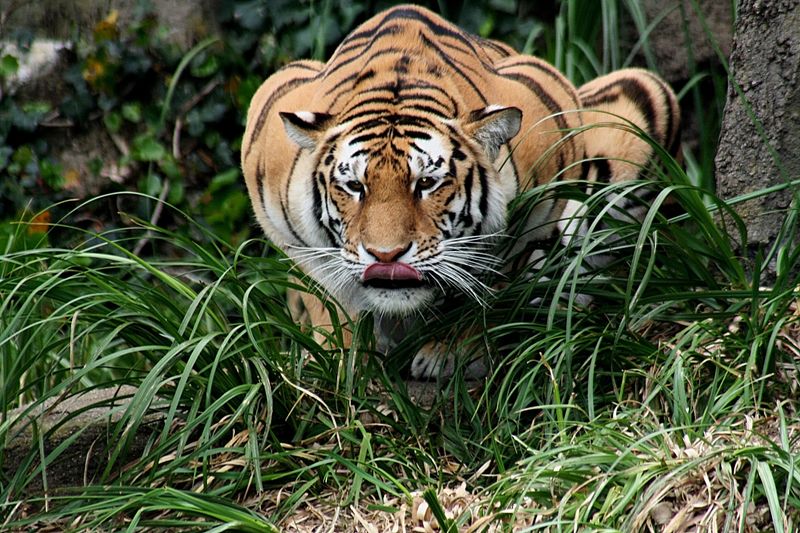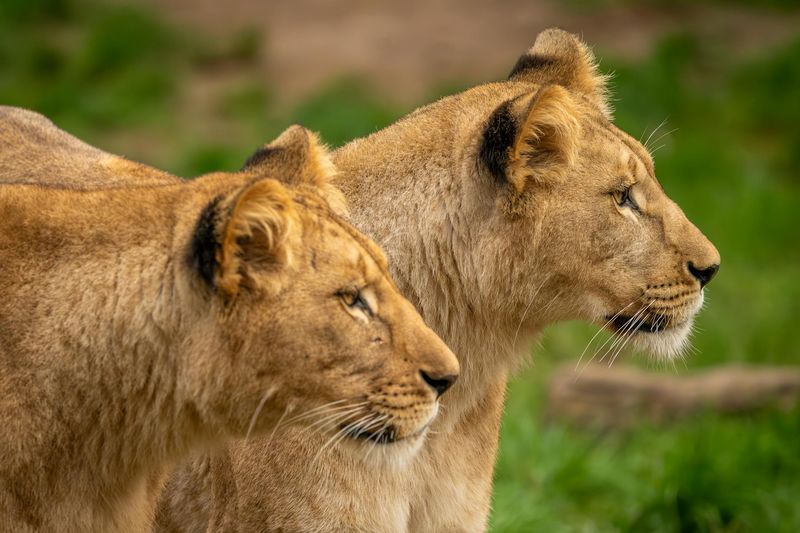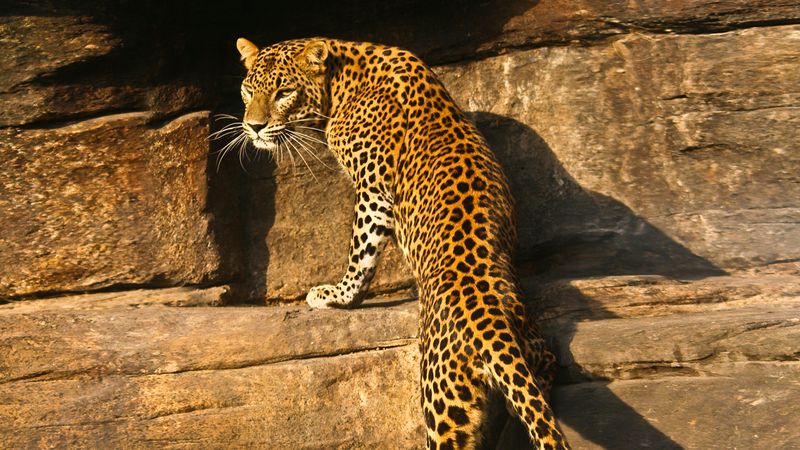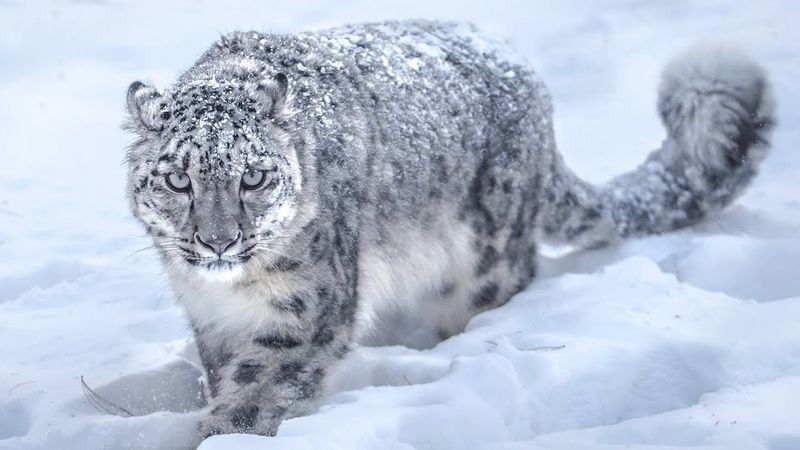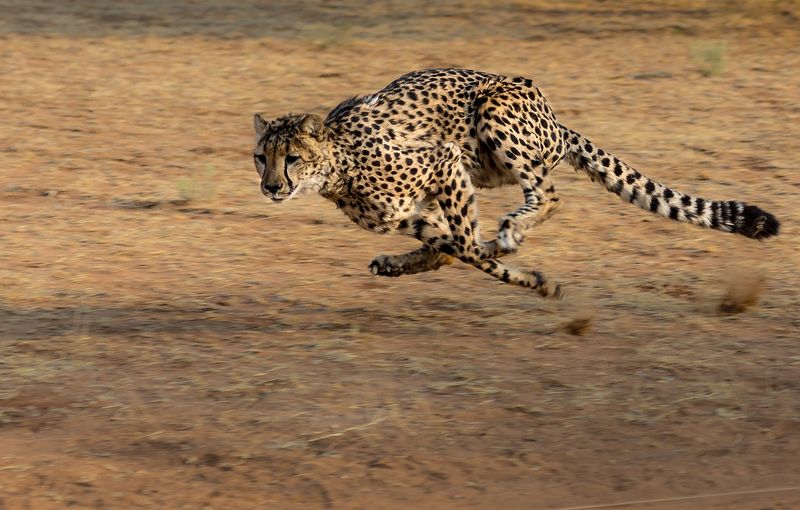📖 Table of Content:
Big cats are among the most formidable predators on the planet, blending strength, stealth, and strategy. Their hunting success isn’t just about power—it’s also rooted in finely tuned instincts and remarkable adaptability. Each species has developed unique techniques suited to its environment and prey.
Whether stalking through dense jungle or lying in wait on open plains, these animals display extraordinary patience and precision. A successful hunt often hinges on timing, silence, and the ability to read subtle changes in their surroundings. It’s a high-stakes game where one mistake could mean going hungry.
From the agile leap of a snow leopard in the mountains to the calculated ambush of a lion on the savanna, big cats rely on more than just muscle. Their survival depends on intelligence as much as physical prowess. Across continents and climates, these predators prove that strategy is just as vital as strength.
1. Tiger
Tigers are solitary ambush predators who rely on stealth rather than speed. They carefully stalk their prey, moving silently through tall grass or dense jungle, getting as close as possible before attacking. A tiger’s striped coat provides perfect camouflage in dappled forest light, making them nearly invisible until it’s too late.
They can wait motionless for hours, watching and calculating the perfect moment to strike. Unlike many predators, tigers rarely chase prey over long distances. Instead, they use their powerful muscles for explosive short bursts, taking down animals much larger than themselves with precision bites to the neck or throat.
2. Lion
Hunting behavior in lions varies between males and females. Females often hunt cooperatively, executing coordinated tactics to steer prey into ambush zones. Males are more likely to join when the target is large and dangerous, using their size and strength to help secure the kill.
Their dark manes, while attractive to females, can be a hunting disadvantage in the heat. The lion’s roar serves a hunting purpose too – sometimes they roar to panic prey into running straight toward silent pride members waiting in ambush.
3. Leopard
Highly adaptable, leopards hunt in diverse habitats including jungles, deserts, highlands, and urban fringes. Their rosette-patterned coats help them vanish into the landscape, blending seamlessly with dappled light. After a successful hunt, they use raw power to drag their catch into trees, sometimes lifting animals larger than themselves.
This sky-high dining prevents other predators like lions and hyenas from stealing their hard-earned meals. Unlike other big cats that rely on specific hunting techniques, leopards are opportunistic predators. They adjust their tactics based on available prey, environment, and competition, making them one of the most successful hunters in the cat family.
4. Jaguar
With unmatched bite force, jaguars can shatter turtle shells and drive their teeth straight through bone. Their killing technique is unique—targeting the skull with a precision bite rather than relying on suffocation. Comfortable in water, these predators hunt aquatic prey like fish, turtles, and even caimans.
A jaguar can drag a 400-pound cow across land and swim with it across a river. Their exceptional night vision gives them a hunting advantage in dense rainforests. With pupils that can open extremely wide, they gather available light efficiently, making them deadly nocturnal predators.
5. Snow Leopard
Found at elevations reaching 18,000 feet, snow leopards are built for survival in cold, mountainous regions. Their thick coats insulate against frigid temperatures, while wide paws help them stay atop deep snow. When hunting, they rely on explosive jumps—sometimes spanning six times their body length—to catch unsuspecting prey.
Their unusually long tails – almost as long as their bodies – help them balance when navigating treacherous mountain terrain. Snow leopards show remarkable patience, sometimes tracking prey for days before making their move. They carefully plan ambushes along well-used wildlife trails, waiting for the perfect moment to strike.
6. Cheetah
Rather than relying on ambush, cheetahs depend on raw speed, paired with strategic decision-making. They often observe prey carefully, targeting the weakest member of the group before launching into a chase. Their anatomy is built for pursuit—flexible spines for explosive acceleration and semi-retractable claws for grip.
Even their enlarged nostrils and heart help maximize oxygen intake during high-speed pursuits. After reaching top speeds, cheetahs must catch prey quickly as they can only maintain their sprint for about 30 seconds before overheating. They use their paw like a hook to trip running prey, then deliver a suffocating bite to the throat.
7. Cougar
Cougars are North America’s ghost cats, often hunting without ever being detected by humans despite living near populated areas. They follow deer herds across vast territories, sometimes covering 100 miles when searching for prey. These powerful cats can jump 18 feet vertically from a standing position, allowing them to pounce from trees or rocks onto unsuspecting prey below.
A cougar’s hunting strategy revolves around complete surprise – they stalk prey from behind, moving from cover to cover without making a sound. Unlike other big cats, cougars can adapt their hunting techniques for extremely diverse environments, from deserts to mountains to forests, making them successful across the largest geographic range of any wild mammal in the Americas.
8. Lynx
Even when prey is hidden under snow, lynx can hear it. Their tufted ears heighten auditory sensitivity, making it possible to zero in on movement underground or in thick brush. Broad, snowshoe-like paws keep them light on the surface, making winter hunting highly effective.
A patient lynx will wait motionless for hours beside rabbit trails, striking only when prey comes within perfect pouncing range. Unlike larger cats, lynx rely heavily on their incredible jumping ability when hunting. They can leap over 25 feet horizontally from a standing position, covering massive distances to catch prey that thinks it’s safely out of reach.
9. Clouded Leopard
Among today’s big cats, clouded leopards possess the most exaggerated canine teeth in proportion to skull size—similar to prehistoric saber-toothed cats. These teeth are deadly tools, allowing them to bring down sizeable prey with quick, targeted bites. As tree-dwelling specialists, they use their tails for balance and flexible ankle joints to move upside-down along branches.
This unique ability lets them descend trees headfirst like squirrels and hunt effectively both in trees and on the ground. They stalk prey along tree branches, moving silently despite their size. With short, powerful legs, they’re built for explosive ambushes rather than long chases, often dropping directly onto unsuspecting prey from above.
